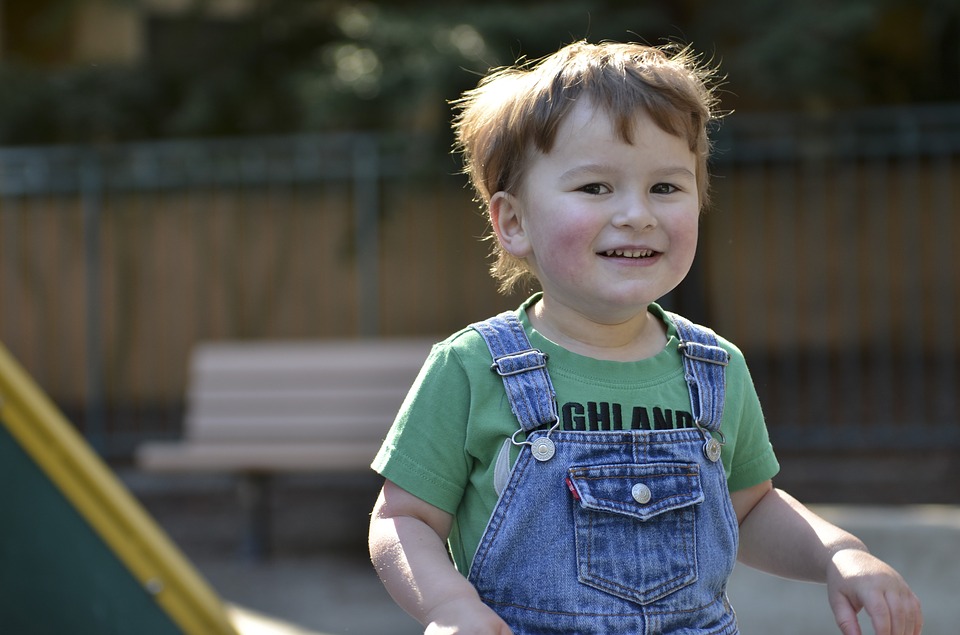Over the past ten years, studies from the Center of Disease Control (or CDC) have indicated an increase of over 50% in autism diagnoses among children in the United States. In their latest biannual report for 2018, the CDC reported a 15% increase since the 2016 report. (It is important to note that each report is based on data collected four years prior.) While more children are being diagnosed with autism than ever before, the causes associated with the steady increase are still uncertain. Experts are unable to determine if autism is actually on the rise or if the numbers are a result of better access to data and improvements in early intervention diagnoses.
The Role of School Records
In their review of the 2018 CDC biennial update, the Autism Speaks Organization addressed the questions of how expanded data collection and improved diagnoses may have an impact on the number of reported cases of autism. According to Autism Speaks, data for the report was collected from medical and educational records when available.When researchers were given full access to school records, the number of students with autism were reportedly higher than at schools which did not provide full disclosure of records. This inconsistency, as Autism Speaks pointed out, implies that students with autism are likely being left out of the CDC census each year. Therefore, one idea to explain the rise in reports of autism in recent years, may be that researchers have gained access to more data concerning the number of children with autism.
Better Research, Better Understanding
In addition, a greater understanding of autism, as well as advancements in identifying the symptoms of autism in children at a young age, has resulted in increased diagnoses. For example, a recent study revealed that autism symptoms surface differently across gender and race. Because girls were often being diagnosed at a later age than boys. Since the CDC’s census are based on students 8 years old and younger, a large population of girls with autism could have been left out of the CDC’s numbers in past years. In effect, fewer students may have fallen through the cracks in the recent census data.
Organizations, like Autism Speaks, are hoping that an increase in funding and improved access to autism studies, will enable researchers to improve their accuracy in regards to the number of students with autism.
No Clear Answer
Both the causes of autism and the reasons for the rise in the numbers of students with the disorder are not fully understood, at this point. As Perri Klass, M.D. noted in her recent article for The New York Times, there is no “single explanatory solution to what is in fact a tremendously complicated and multifactorial issue.” However, researchers have been able to pinpoint several complications and chemical exposure during pregnancy that may potentially lead to the development of autism.
Klass reviewed research by Dr. Arora, professor of environmental medicine and public health at Icahn School of Medicine, related to chemical traces in the baby teeth of children diagnosed with autism. The layers of baby teeth grow similar to a tree, in a “incremental archival manner,” Dr. Arora explained. The layers found in baby teeth, which fall out between ages six to twelve, can reveal traces of chemicals a child may have been exposed to during fetal development.
Though no one cause for the development of autism has been determined. Dr. Arora’s findings make it hard for experts to overlook the potential link between an increase in exposure to chemicals, like pesticides, and the perception that autism is on the rise. The researchers pointed out that these exposures can be almost impossible to avoid and their findings are not meant to be a source of blame for mothers. Instead, the findings give scientist hope for gaining a clear understand as to the causes of autism and potentially develop methods for counteracting the disorder.
Even still, at this time scientist are unable to classify these associations as causes. The possibility still remains that the increase in autism numbers could be largely a result of improved access to data and advancements in diagnosis methods.
References:
- Autism may be more common than previously thought, CDC says. (2018, April 26). Retrieved from https://www.cbsnews.com/news/autism-higher-than-previously-thought-cdc-1-in-59-children/
- CDC increases estimate of autism’s prevalence by 15 percent, to 1 in 59 children. (n.d.). Retrieved from https://www.autismspeaks.org/science-news/cdc-increases-estimate-autisms-prevalence-15-percent-1-59-children
- Klass, P. (2018, July 02). In Baby Teeth, Links Between Chemical Exposure in Pregnancy and Autism. Retrieved from https://www.nytimes.com/2018/07/02/well/autism-pregnancy-fetal-development-teeth-chemicals.html

